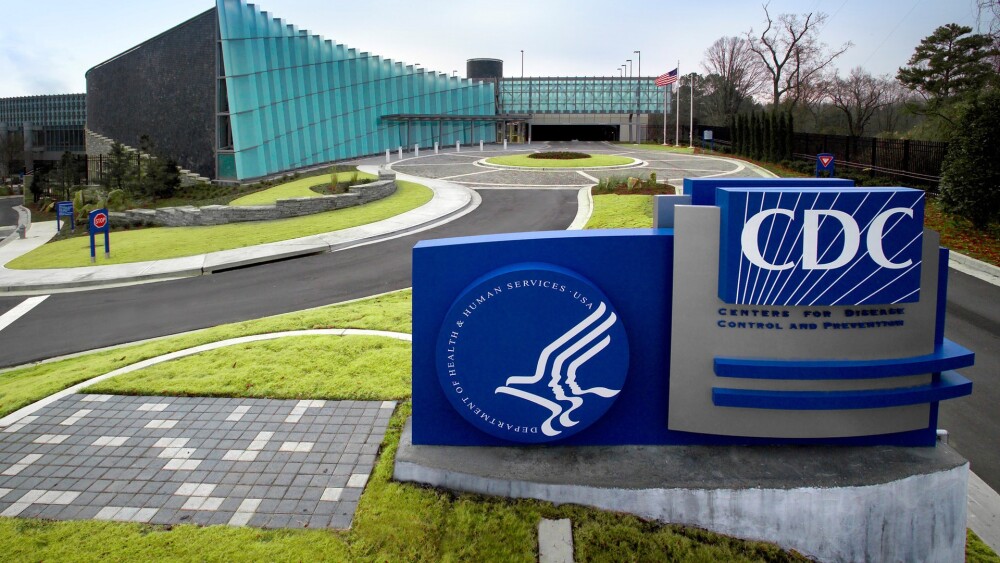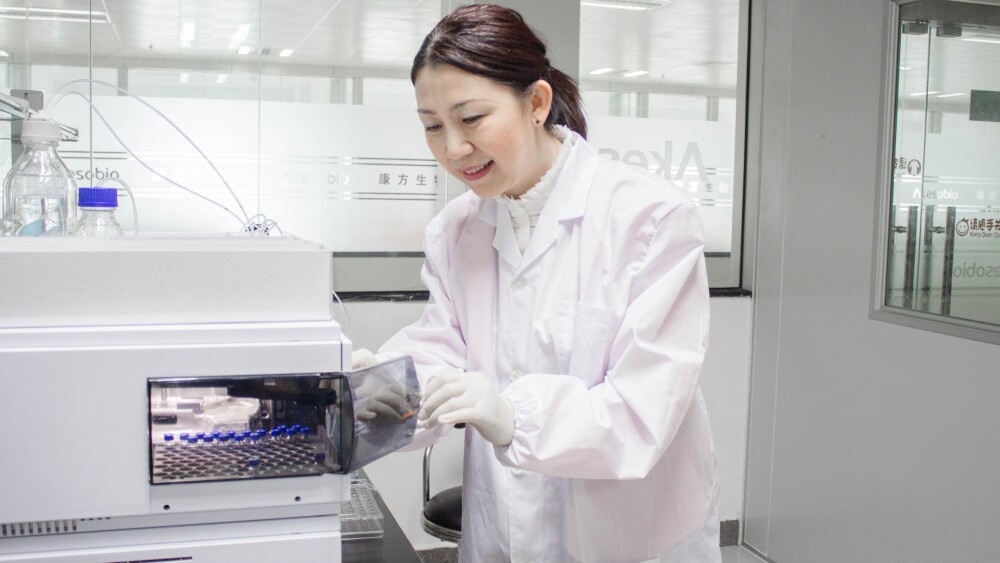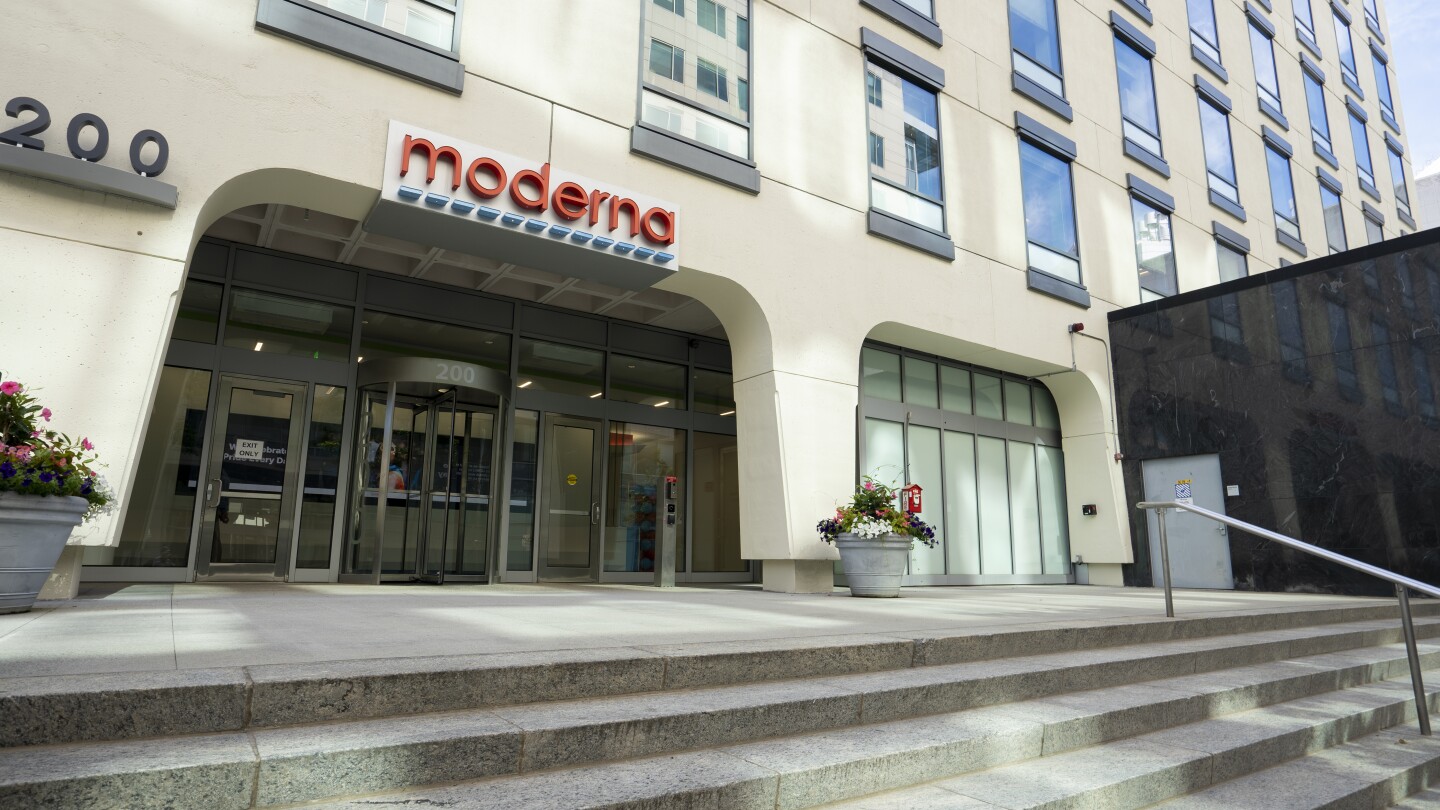News
The treatment, called DB-OTO, is one of several early-stage gene therapies being developed to treat relatively straight-forward causes of genetic deafness.
FEATURED STORIES
After a tension-packed two days that saw recommended changes to the MMRV vaccine schedule and COVID-19 vaccine access, as well as a delayed hepatitis B vaccine vote, policy experts expressed concern with the reconstituted committee’s dearth of previous experience and understanding of their role.
A complex state vs. federal regulatory scheme allows drug compounders to advertise drugs without disclosing risks like a pharma company must do. Experts say it’s time for the FDA to crack down.
From a small team of researchers and skipped salaries, CEO Michelle Xia has steered Akeso to become one of the most exciting companies in the industry today.
Job Trends
Merck announced that the pivotal Phase 3 KEYNOTE-756 trial investigating KEYTRUDA, Merck’s anti-PD-1 therapy, in combination with chemotherapy met one of its dual primary endpoints of pathological complete response rate following the neoadjuvant part of the neoadjuvant/adjuvant study regimen in patients with high-risk, early-stage estrogen receptor-positive, human epidermal growth factor receptor 2-negative breast cancer.
FROM OUR EDITORS
Read our takes on the biggest stories happening in the industry.
The FDA has vowed to fix a pharma ad loophole—but they’re targeting the wrong one.
THE LATEST
A fatal, highly hereditary illness with no disease-modifying treatments, Huntington’s is long overdue for a therapeutic win. Here, BioSpace looks at five candidates that could change the trajectory for patients.
With Eisai and Biogen’s Leqembi and Eli Lilly’s Kisunla launching onto the market, the 2024 Clinical Trials of Alzheimer’s Disease conference focused on the role these drugs might play, as well as combination therapies and innovative new treatment options.
The past four years have brought disappointment for the Huntington’s community, but optimism is growing as companies including Prilenia and Wave Life Sciences eye paths to approval of therapies that could address the underlying cause of the disease.
Digitization enables each drug to have a software-enhanced version optimized for individual patients.
Leqembi’s sales continue to be underwhelming, according to analysts, who contend the companies’ Alzheimer’s disease therapy is being held back by barriers such as coverage, infusion centers and time to diagnosis.
With Novo Holdings’ $16.5 billion buyout of Catalent being reviewed by regulators, what work the contract drug manufacturer may or may not be performing for Eli Lilly remains a point of contention.
The five-year investment will go toward the construction of a new R&D facility in Beijing to develop innovative therapies and integrate the world’s second most populated country into the company’s global strategy.
Following two layoffs in less than three months, Viracta Therapeutics may have around 18 employees left to advance its efforts to bring lead product candidate nana-val to market.
While Moderna’s Spikevax beat Wall Street estimates in the third quarter, William Blair analyst Myles Minter in a Thursday note to investors said sales of the company’s respiratory syncytial virus vaccine mRESVIA was significantly lower than expected.
Novo said supply of Wegovy and Ozempic is in good shape after the drugs were removed from the FDA’s shortage list last week. But Eli Lilly reported slower than expected sales in the third quarter due to wholesaler destocking.

















